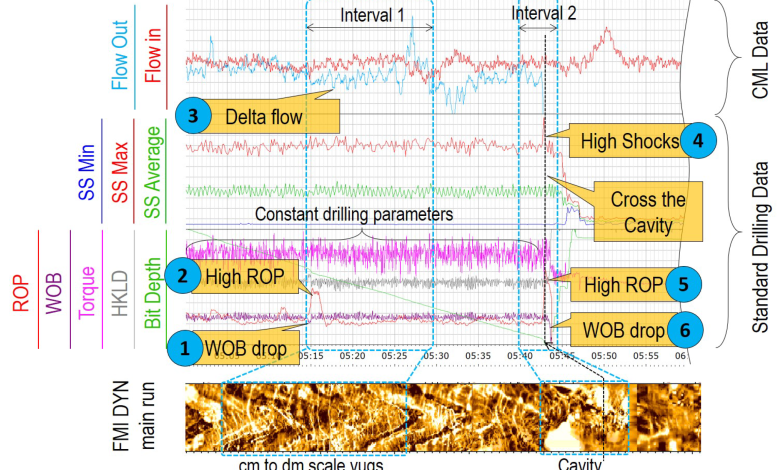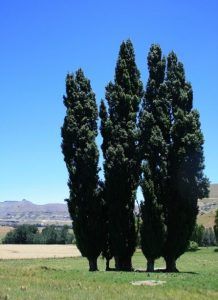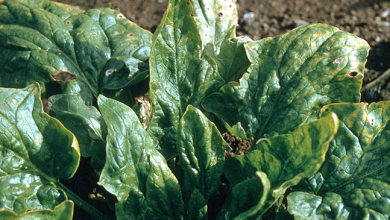Cascarudito Drill: [Characteristics, Detection, Effects and Treatment]

What is cascarudito drill?
Under the scientific name of Megaplatypus mutatus, the Cascarudito borer is a beetle belonging to the Coleoptera order that can behave like a pest and cause great damage to plantations, orchards and gardens.
It is also known by the most widespread synonym: Platypus sulcatus, which by the way has nothing to do with platypuses, although these are also placed within the genus Platypus.
It is an insect of great power, because in its habitual behavior it is very common that it drills the trunks of the trees, causing a total weakening of the plant in a short period of time, so it generates great economic losses if it is allowed to reproduce and develop fully in fields.
How can we identify it?
- Platypus sulcatus adults have an elongated cylindrical body that averages 8-9 mm in length.
- These insects are brown to black in color.
- They have a wrinkled head and a prothorax as wide as it is long.
- the legs are short
- Their antennae end in clubs and have hard wings or elytra, striated with a toothed apex and 4 longitudinal carinae.
- The females are distinguished because their body is lighter in color and at the end of the tail, the elytra or wings end in a rounded shape, while in males this area is not developed.
- The eggs produced by the females are oblong, very smooth, about 0.5-0.9 mm and shiny white in appearance.
- After copulation, these lay their eggs in the tunnels they make in the tree trunks, generally in the spring- summer period.
- The larvae do not have legs to move them. They are also white, between 1.5-4 mm in length, with a caramel white color.
- The pulp is between about 7.5-9.2 mm and acts freely.
- When sap is dripping from the trunks and sawdust is seen on the tree floor, it means these borer bugs are more active than ever. Moreover, they can even build a whole system of galleries interconnected with the outside through a single hole. That is why they like very large tree trunks.
- The males are the builders of the galleries in the trunks of the trees, the plague beginning its flights in mid-October and ending in April. But the plague is observed mostly between December to January of each year.
- The males also produce sexual pheromones to attract females, while they continue to drill into the trunk.
- The males also fulfill the function of sowing spores of a fungus that proliferates in the galleries and that will serve as food for the larvae that appear after the hatching of the eggs.
- The larvae live for several months (up to a year) distributed in 5 stages, but already in the last period they begin to feed on the wood of the trunk, until they make a vertical chamber to shelter themselves in their new pupal stage.
- More than 200 adults can come out of each gallery.
What plants does the cascarudito borer affect?
 It is recognized as a fearsome wood borer, because it attacks a large number of exotic and native trees, causing special damage to the poplar species.
It is recognized as a fearsome wood borer, because it attacks a large number of exotic and native trees, causing special damage to the poplar species.
Its devastating action began in its original territory: South America, but it has managed to move to Europe, where its behavior has caused serious problems in fields of fruit trees, pines, willows and poplars.
It also invades elm trees, acacia plants, eucalyptus, ash trees, among other species that are reduced to death, after this insect digs deep galleries in the trunk of the trees.
How to combat the drill cascarudito?
There are several protocols and common practices that allow these insects to be controlled, reduced and eliminated when they become pests that devastate plantations. Let’s see what some are.
Control with the help of traps
A fairly common way, although a bit laborious, consists of the so-called cultural control, which is nothing more than the placement of capture traps (containers) for adult beetles in the galleries they occupy inside the trunks of the trees, so that they remain trapped. and remain until the end of their season, which usually occurs between the months of May and June.
The traps should preferably be placed in the winter months, when the flight of the adult specimens has already ceased and they can be captured and exterminated after removing the trap from the intervened gallery.
The effectiveness of these traps exceeds the 50% chance of extermination.Since they always dig several interconnected galleries, but with a single exit hole, they will be trapped if that escape route is blocked.
A very natural way to combat them is by introducing two natural enemies into their environment, two infallible predators: a nematode or small worm, the Heterorhabditis bacteriophora, and a parasitic wasp of the larvae with the scientific name Goniozus legneri.
What are the best products to eliminate the small drill?
In the same way, it is very feasible to apply powdered synthetic chemical products, which must be placed on the affected trunk. And the introduction of insecticides directly into the galleries excavated by the drills.
In the first situation, the effectiveness of products applied recurrently has been demonstrated in the intervention area of the drill.
A good sprinkling of trunks on the wood, with the support of a solution of chlorpyrifos 48% at 0.2%, is a good method of extermination, but Carbaril can also be used, in a proportion of 425 g/100 l.Likewise, the application of deltamethrin 5% at 0.1% works.
There are other products with azinphos methyl component and lambdacyalothrin, which are effective using the proportions indicated by the manufacturer.
In Argentina, Mendoza, they have achieved high efficiency in the extermination of these insects with the help of thick lime at 20% and dissolved sulfur, at 1-2%, with two annual applications made on the so-called stems to significantly reduce damage.
Finally, capsules of Acephate can be placed in the galleries of the trunks to eliminate all the larvae and interrupt the process of development and multiplication of this species.
But in places where customary organic practices are applied in fruit and vegetable production management, the continued use of natural products such as pyrethrums or ryania is always advisable.

![Photo of Horse Manure: [Compost, Advantages, Use and Characteristics]](https://www.complete-gardening.com/wp-content/uploads/2022/08/horse-manure-compost-advantages-use-and-characteristics-390x220.jpg)
![Photo of Sowing a Fig Tree: [Cultivation, Care, Irrigation, Substrate and Pests]](https://www.complete-gardening.com/wp-content/uploads/2021/06/IMG_3897-scaled-1-390x220.jpg)
![Photo of Yellow Poppy: [Cultivation, Irrigation, Care, Pests and Diseases]](https://www.complete-gardening.com/wp-content/uploads/2022/08/yellow-poppy-cultivation-irrigation-care-pests-and-diseases-390x220.jpg)
